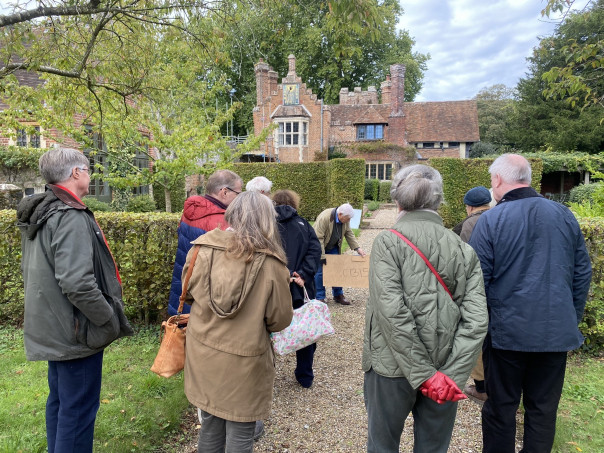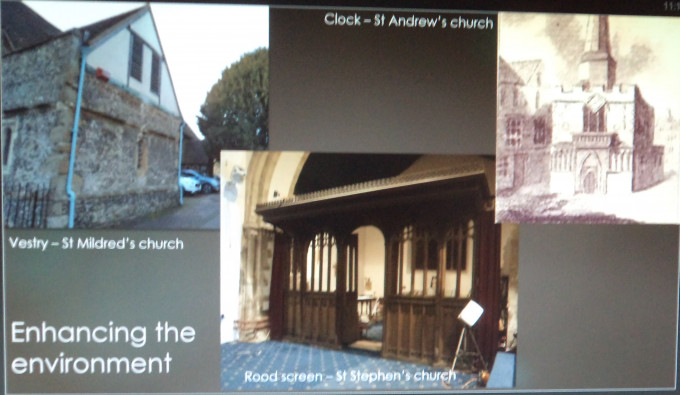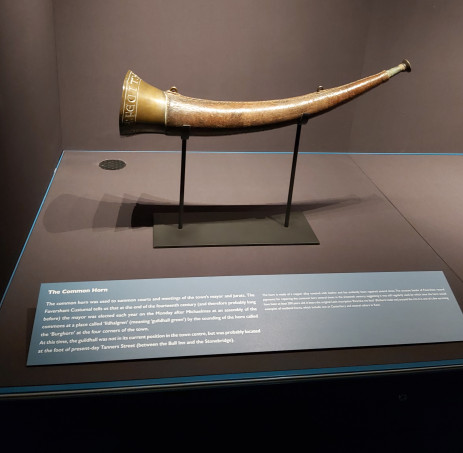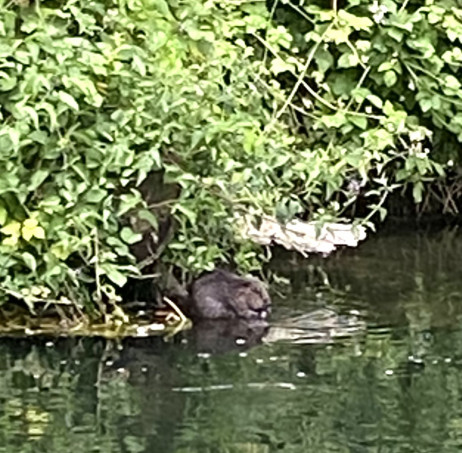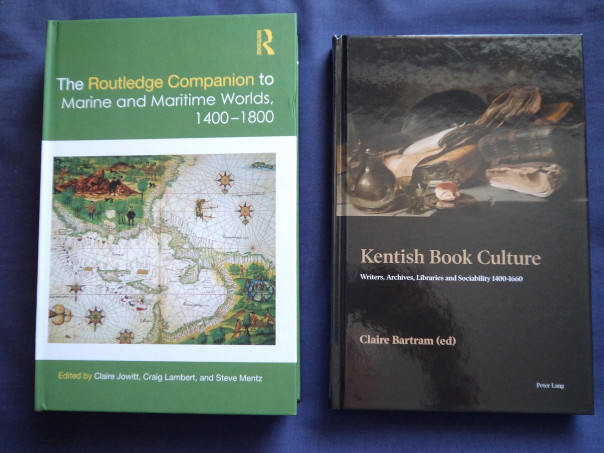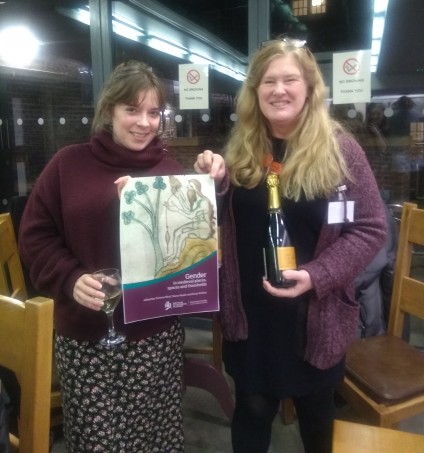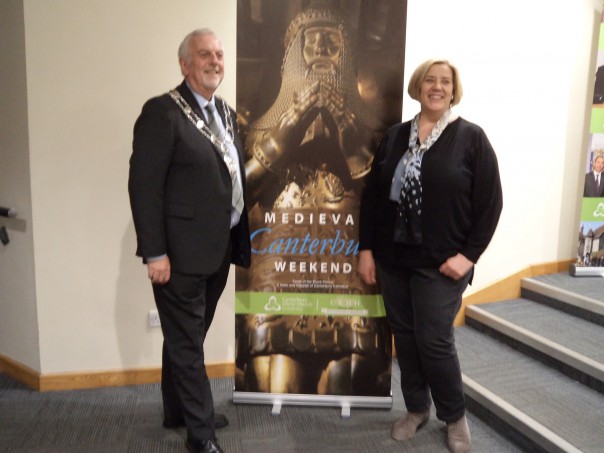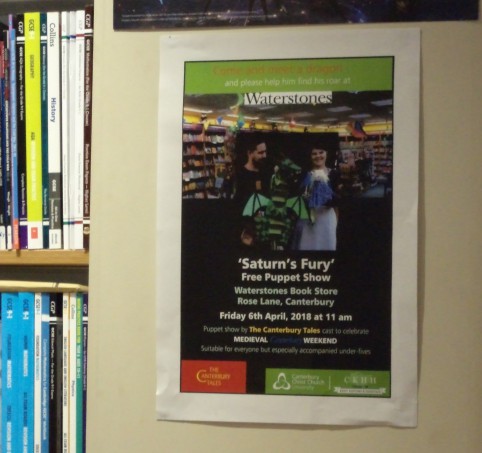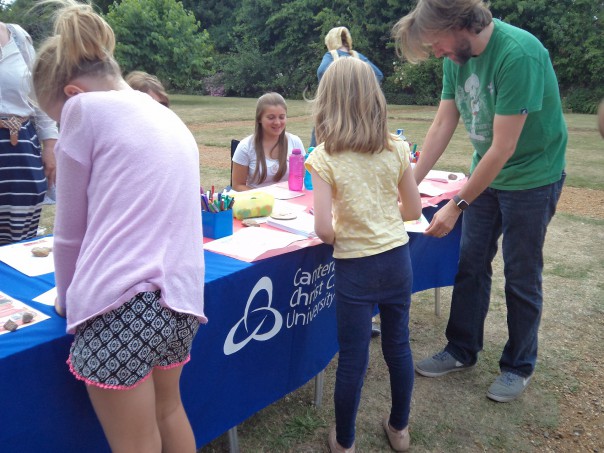Firstly, just a reminder that this Saturday it is the Medway History Showcase 24 at the Royal Engineers Museum, Gillingham where Kieron Hoyle and Jason Mazzocchi will be looking after […]
Canterbury-exploring the city’s medieval history
Now that we are into September, and more importantly I am back from the Fifteenth Century conference at St John’s College, Oxford, last week, I thought I would start with […]
Showcasing medieval communities – Deal and Faversham
As promised, a catch-up blog with news of some upcoming events and a couple of short reports on the Centre at Deal and ‘Open Faversham’. Also, news of several people […]
Tenterden Museum and Canterbury Conference
I’m going to split the blog again this week because there is so much going on. Moreover, I’ll use this one to publicise public events linked to Centre people coming […]
Maritime Matters – Kent and over seas
As a follow up to last week, I thought I would just mention that my hard copy of The Routledge Companion to Marine and Maritime Worlds 1400–1800, edited by Claire […]
Medieval Gender Studies book launch and Canterbury Castle
So 2019 has arrived, which means firstly I want to wish all readers of the blog a Happy New Year! The new year looks very exciting because we have the […]
The Medieval Canterbury Weekend comes to town
After another very successful History Weekend, I would first like to thank all the great speakers (see below), but equally the brilliant audiences we had at all 27 events from […]
Celebrating lives in Canterbury and Bearsted
Now that the Easter holidays have arrived, I thought I would ask local readers if they have spotted the two posters in Waterstones advertising ‘Saturn’s Fury’ – the puppet show […]
Centre for Kent History and Heritage – looking back
As in 2016, probably the high point this year for the Centre was the History Weekend in early April, which in 2017 featured the Tudors and Stuarts and was a […]
